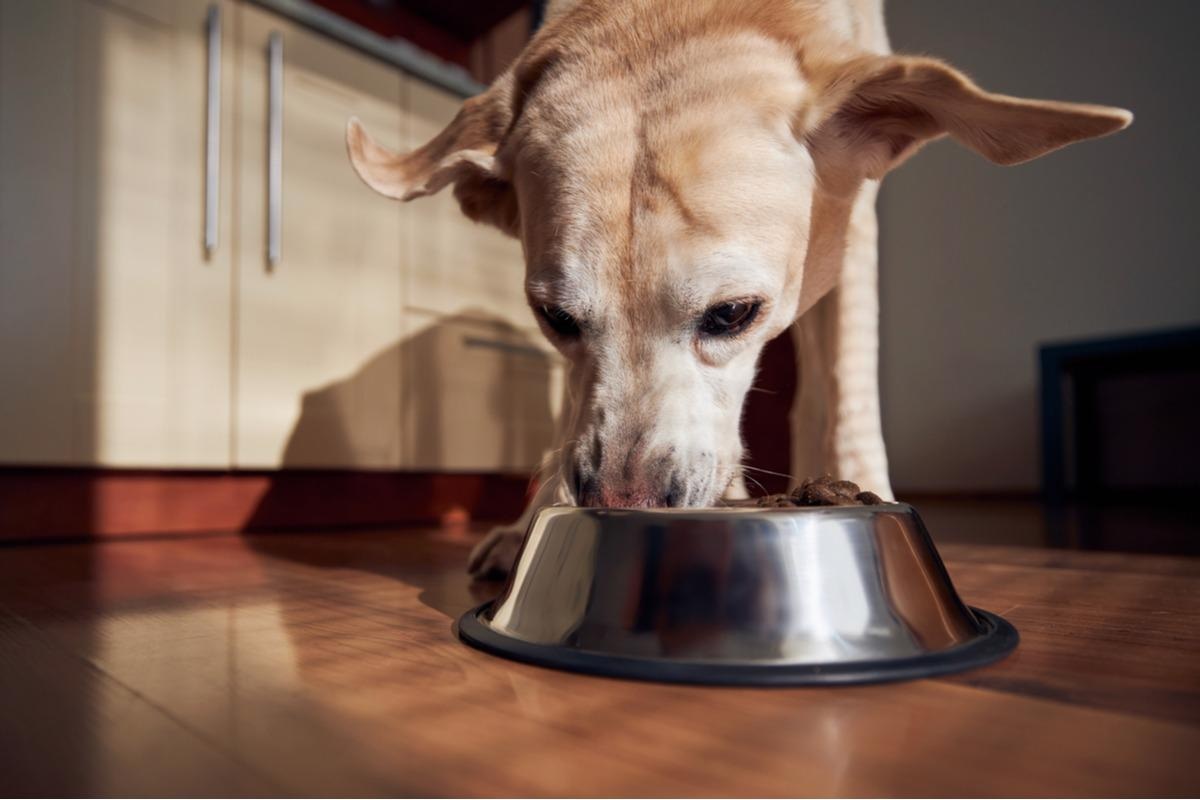A survey has recently been conducted by the North Carolina State University, USA, to evaluate the pet food and dish handling habits of pet owners and their impact on bacterial contamination. The findings highlight the need for educating pet owners about the recommended pet food and dish handling guidelines to minimize the risk of bacterial contamination of dishes and its negative impact on human and pet health. The study has been published in PLOS ONE.
 Study: Survey evaluation of dog owners’ feeding practices and dog bowls’ hygiene assessment in domestic settings. Image Credit: Jaromir Chalabala/Shutterstock
Study: Survey evaluation of dog owners’ feeding practices and dog bowls’ hygiene assessment in domestic settings. Image Credit: Jaromir Chalabala/Shutterstock
Background
Mishandling or inappropriate handling of pet foods and food-serving dishes by pet owners can lead to bacterial contamination, which subsequently can cause adverse health conditions in both humans and pets. The One Heath initiative of the Centers for Disease Control and Prevention (CDC), USA, primarily deals with food safety-related concerns with the aim of achieving optimal health outcomes for humans and animals.
Surveys examining medically relevant bacterial contaminations on household surfaces have identified the highest level of contamination on pet food and water serving dishes. These observations indicate that pet dishes can act as a potential source of bacterial contamination in household sittings.
The US Food and Drug Administration (FDA) has created pet food and dish handling guidelines and made them available to the general population via its website. However, these guidelines are ambiguous and not widely distributed.
In the current study, the scientists have evaluated pet food and dish handling habits of pet owners and their impact on bacterial contamination of dishes. Moreover, they have investigated pet owners' awareness of the FDA's guidelines and their impact on reducing bacterial contamination in households with pets.
Study design
A 20-minute survey on pet food and dish hygiene was conducted on dog owners. A total of 417 surveys were obtained. The swabs from 68 pet food dishes were collected to assess bacterial contamination using total aerobic plate counts.
The dishes were randomly categorized into three groups. In Group A, FDA's pet food and dish handling guidelines were applied. In group B, FDA's pet and human food and dish handling guidelines were applied. In group C, no guideline was applied. All hygiene protocols were applied in the households for one week, followed by a second round of bacterial contamination testing.
Important observations
The study findings were based on a total of 417 surveys. About 76% of the participants reported having a healthy dog. The rest reported having dogs with health conditions, including gastrointestinal problems, dental disorders, obesity, pancreatitis, liver disease, bladder stone, kidney disease, and neoplasia. About 35% of the participants reported having children less than 12 years old and/or immunocompromised family members in the household.
The awareness of FDA's pet food and dish hygiene guidelines was observed in only 5% of the participants. More than 75% of the participants mentioned that they inspect food packages for visible damage, avoid using food dishes as scooping utensils, cover leftover food tightly, avoid using raw foods, and properly discard food so that the dog cannot access it.
About 25% of the participants reported following recommended handwashing protocols before handling dog foods, as well as following food dish and food scoop washing protocols after each use. Specifically, about 12% of the participants reported washing dishes at least once daily, whereas 18% reported not washing dishes at all or washing dishes every three months.
Regarding dishwashing protocols, most participants reported using soap with warm water, followed by dishwasher, soap with hot water, only water, and soap with cold water. Most participants reported air-drying of dishes, followed by hand-drying with towels, heat-drying in dishwashers, and non-heat-drying in dishwashers.
About 90% of the participants reported using dry kibble, 5% reported using canned food, 3% reported using homemade food, and 1% reported using raw commercial food. Less than 1% reported using raw non-commercial food. About 43% of the participants reported storing dog food 0–5 feet from human food, and 33% reported preparing dog food on human food preparation surfaces.
Bacterial contamination of dishes
The analysis of bacterial contamination in groups A, B, and C revealed a significantly reduced dish contamination in groups A and B after applying recommended dishwashing treatments. Regarding dishwashing protocols, the findings revealed that hot water washing is significantly more effective in reducing bacterial contamination than cold/warm water washing.
Regarding long-term adherence to all handwashing, dishwashing, and food storage guidelines, only 8% of the group A and group B participants responded affirmatively.
Study significance
The study highlights the need to educate pet owners about the recommended food preparation and storage and dishwashing guidelines to minimize the risk of bacterial contamination and related health adversities among pets and household members.